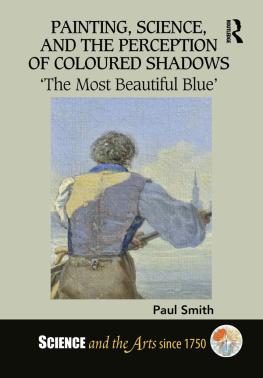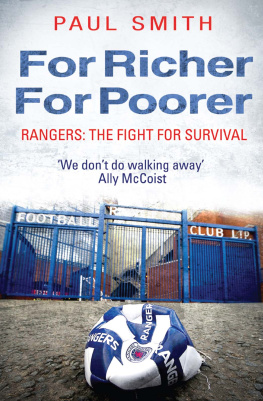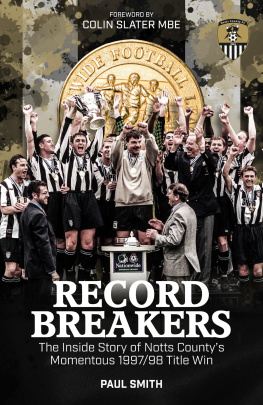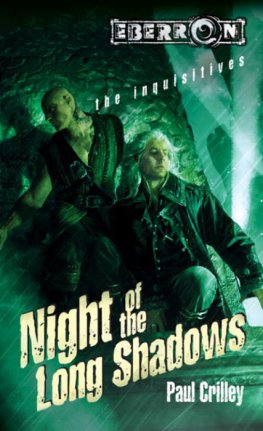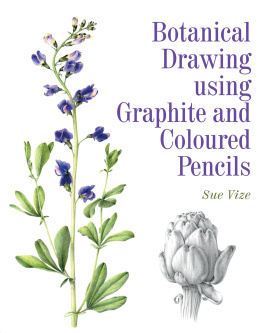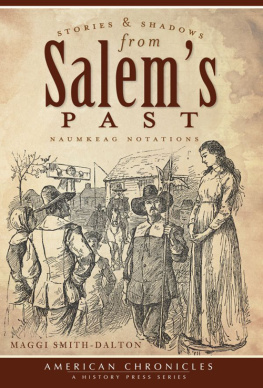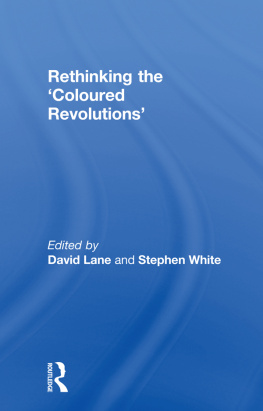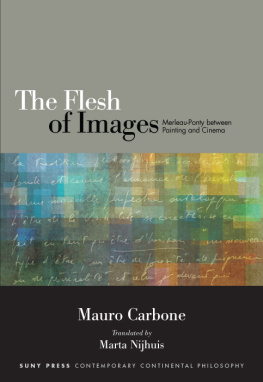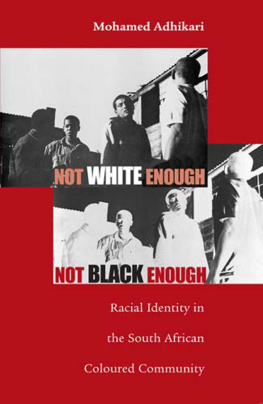Paul Smith - Painting, Science, and the Perception of Coloured Shadows: ‘The Most Beautiful Blue’
Here you can read online Paul Smith - Painting, Science, and the Perception of Coloured Shadows: ‘The Most Beautiful Blue’ full text of the book (entire story) in english for free. Download pdf and epub, get meaning, cover and reviews about this ebook. year: 2021, publisher: Routledge, genre: Art. Description of the work, (preface) as well as reviews are available. Best literature library LitArk.com created for fans of good reading and offers a wide selection of genres:
Romance novel
Science fiction
Adventure
Detective
Science
History
Home and family
Prose
Art
Politics
Computer
Non-fiction
Religion
Business
Children
Humor
Choose a favorite category and find really read worthwhile books. Enjoy immersion in the world of imagination, feel the emotions of the characters or learn something new for yourself, make an fascinating discovery.
- Book:Painting, Science, and the Perception of Coloured Shadows: ‘The Most Beautiful Blue’
- Author:
- Publisher:Routledge
- Genre:
- Year:2021
- Rating:5 / 5
- Favourites:Add to favourites
- Your mark:
Painting, Science, and the Perception of Coloured Shadows: ‘The Most Beautiful Blue’: summary, description and annotation
We offer to read an annotation, description, summary or preface (depends on what the author of the book "Painting, Science, and the Perception of Coloured Shadows: ‘The Most Beautiful Blue’" wrote himself). If you haven't found the necessary information about the book — write in the comments, we will try to find it.
Many artists and scientists including Buffon, Goethe, and Philipp Otto Runge who observed the vividly coloured shadows that appear outdoors around dawn and dusk, or indoors when a candle burns under waning daylight, chose to describe their colours as beautiful.
Paul Smith explains what makes these ephemeral effects worthy of such appreciation or how depictions of coloured shadows have genuine aesthetic and epistemological significance. This multidisciplinary book synthesises methodologies drawn from art history (close pictorial analysis), psychology and neuroscience (theories of colour constancy), history of science (the changing paradigms used to explain coloured shadows), and philosophy (theories of perception and aesthetic value drawn from Wittgenstein and Merleau-Ponty).
This title will be of interest to scholars in art history, art theory, and the history of science and technology.
Paul Smith: author's other books
Who wrote Painting, Science, and the Perception of Coloured Shadows: ‘The Most Beautiful Blue’? Find out the surname, the name of the author of the book and a list of all author's works by series.

